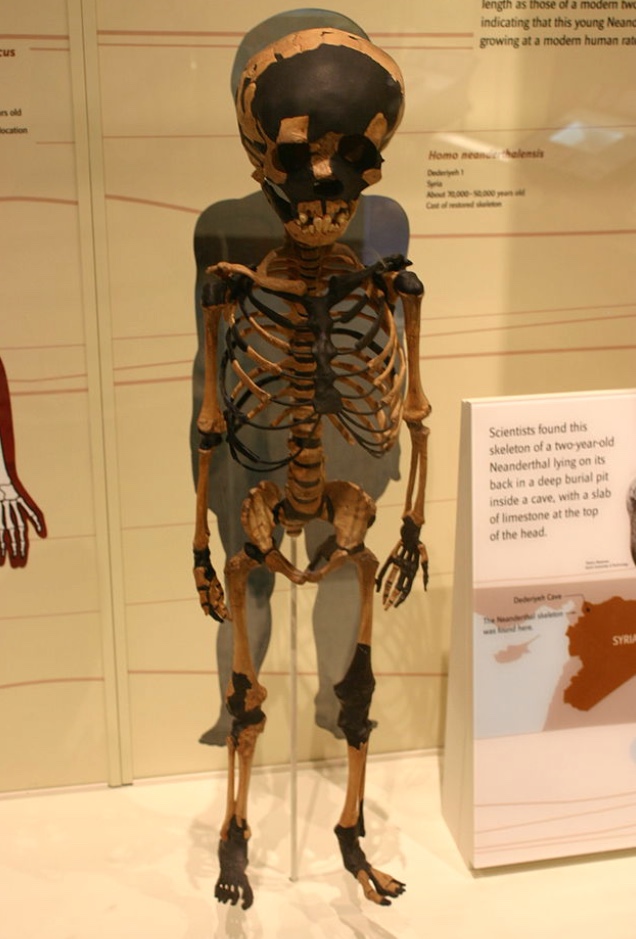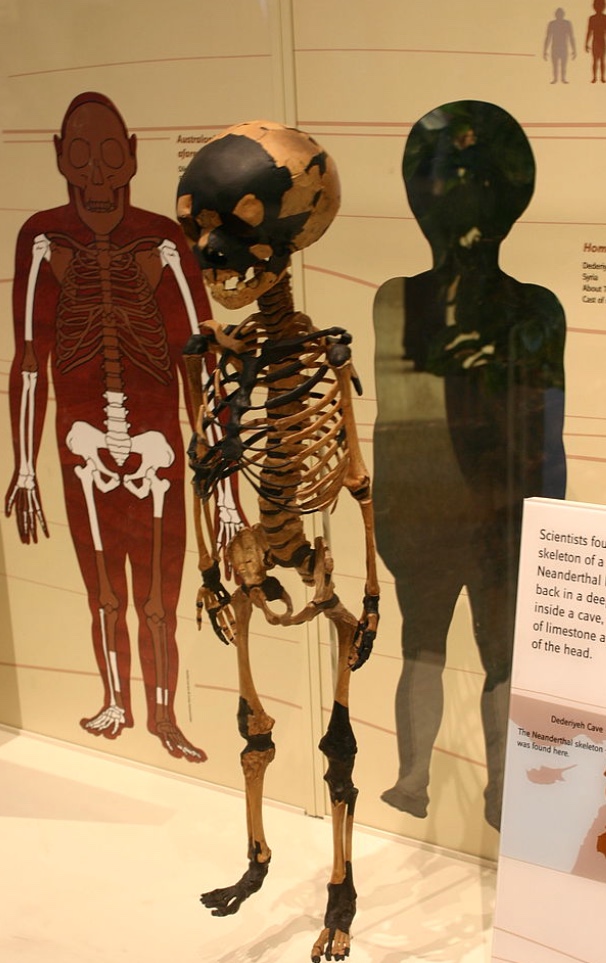Dederiyeh Cave: Syria's Neanderthal Heritage

Introduction
The Dederiyeh Cave, located in the western region of Syria near the town of Jebel al-Hoss, is a noteworthy archaeological site that has significantly contributed to our understanding of Neanderthals. Since its discovery in the early 2000s, the cave has produced a number of extraordinary discoveries that have thrown light on the lives of these early human beings, the environment in which they lived, and the final demise of these inhabitants.
Archaeological Discoveries
Because of the cave’s beautifully maintained geology, researchers have been able to examine different layers of silt that date back tens of thousands of years. The Dederiyeh Cave is a prominent example of this. The excavations in the cave unearthed a multitude of items, including stone instruments, animal remains, and numerous Neanderthal fossils.
Among the most remarkable discoveries since their discovery are the skeletal remains of at least three Neanderthal individuals, dating back about 50,000 to 60,000 years. These bone fragments have provided essential insights into the physical traits and health of Neanderthals. They have revealed information about the nutrition, age, and likely causes of death of the Neanderthal, as well as other information.
Neanderthal Life and Environment
Dederiyeh Cave’s artifacts provide evidence that Neanderthals engaged in a variety of complex activities, including the creation of tools and possibly even symbolic thought. When Mousterian stone tools are found, it is an indication that the people who used them had advanced crafting techniques and the capacity to adapt to different surroundings.
It has been suggested by paleoenvironmental research that the region surrounding Dederiyeh was abundant in both flora and animals, which meant that there were plenty of resources available for hunting and gathering. It has been determined from the examination of animal remains that Neanderthals engaged in the hunting of large game, such as deer and wild boar, as well as the foraging of plants, which indicates that they consumed a varied diet.

Cultural Insights
Researchers have speculated about the social structures and cultural practices of Neanderthals as a result of the data from the Dederiyeh Cave that they discovered. An indication that these ancient humans were able to regulate fire for the purposes of warmth, cooking, and protection has been discovered through the discovery of evidence of fire use. Additionally, the care that was taken in the burial of their deceased, which is indicated by the intentional arrangement of remains, implies that Neanderthals exercised some type of ritualistic behavior and had a sense of social cohesion.
Significance in Human Evolution
When viewed from the broader perspective of human evolution, the discoveries made at Dederiyeh Cave are extremely important. Previous views that Neanderthals were basic, primitive beings are challenged by these findings, which demonstrate the adaptability and intellect of Neanderthals. The evidence, on the other hand, indicates a complex society that is capable of social collaboration, planning, and potentially even artistic expression.
Furthermore, the site makes a contribution to the current discussion of the contacts that occurred between Neanderthals and humans with anatomically modern bodies. It is possible to gain a better understanding of the dynamics that led to the eventual extinction of Neanderthals and the subsequent rise of Homo sapiens by gaining an understanding of the lifestyle and habits of Neanderthals.
Conclusion
The Neanderthals that lived in Syria left behind a rich prehistoric history, which is evidenced by the Dederiyeh Cave, which stands as a memorial there. Not only do the discoveries that were uncovered in this cave help us gain a better knowledge of these early hominins, but they also help us develop a greater appreciation for the intricacy of human evolution. As the research continues, there is no doubt that Dederiyeh will continue to serve as a focal point for the study of the lives and legacies of our prehistoric distant cousins.
Check out our blog here!








